Knee pain going up stairs is a common complaint that affects people of all ages. Whether you’re young and active or older and dealing with joint issues, knee pain when climbing stairs can be frustrating and debilitating. Understanding the causes of this pain, how to prevent it, and what treatments are available can help you manage and even eliminate this discomfort. This article will guide you through the essential information you need to know about knee pain going up stairs, with clear and detailed explanations.
Introduction to Knee Pain Going Up Stairs
Knee pain going up stairs can be a puzzling and troubling symptom. It may start as a slight twinge and gradually develop into a sharp, persistent pain that makes even simple tasks feel daunting. For some, the pain is only noticeable when climbing stairs, while for others, it might also occur during other activities like squatting, walking, or even sitting.
Why Does Climbing Stairs Cause Knee Pain?
Climbing stairs places extra strain on the knee joints. When you step up, your knee has to bear more weight and move through a greater range of motion than when you’re walking on flat ground. This extra load can exacerbate existing knee problems or create new ones. The increased pressure on the knee joint, combined with the need for stability and control during the upward movement, makes the act of climbing stairs particularly challenging for those with knee issues.
Common Causes of Knee Pain Going Up Stairs
Understanding the root cause of knee pain going up stairs is crucial for finding the right treatment. Here are some of the most common causes:
1. Patellofemoral Pain Syndrome (Runner’s Knee)
Patellofemoral Pain Syndrome (PFPS), often referred to as “runner’s knee,” is one of the most common causes of knee pain going up stairs. This condition occurs when the cartilage under the kneecap (patella) becomes irritated or worn down. The result is a dull, aching pain that may worsen with activities like climbing stairs, running, or sitting for long periods.
Symptoms of Patellofemoral Pain Syndrome
- Pain around the kneecap, especially when climbing stairs or sitting with bent knees
- A sensation of grinding or clicking in the knee
- Swelling or tenderness around the knee joint
Causes of Patellofemoral Pain Syndrome
PFPS can be caused by several factors, including:
- Overuse: Repetitive motion activities like running or cycling
- Muscle Imbalances: Weakness in the quadriceps or hip muscles
- Improper Alignment: Misalignment of the kneecap due to structural issues
2. Osteoarthritis
Osteoarthritis is a degenerative joint disease that commonly affects the knees. It occurs when the cartilage that cushions the bones in the knee joint wears away, leading to pain, stiffness, and inflammation. Climbing stairs can be particularly painful for those with osteoarthritis, as the joint is already compromised.
Symptoms of Osteoarthritis
- Stiffness and pain in the knee, especially after inactivity
- Swelling and tenderness in the joint
- A grating sensation during movement
Causes of Osteoarthritis
- Aging: Wear and tear over time
- Injury: Previous knee injuries can lead to osteoarthritis
- Genetics: A family history of osteoarthritis increases the risk
3. Chondromalacia Patella
Chondromalacia patella, sometimes confused with PFPS, involves the softening and breakdown of the cartilage on the underside of the kneecap. This condition can cause knee pain going up stairs, as well as pain during other activities that involve bending the knee.
Symptoms of Chondromalacia Patella
- Dull, aching pain in the front of the knee
- Pain that worsens with activity, such as climbing stairs or squatting
- A grinding or clicking sensation in the knee
Causes of Chondromalacia Patella
- Overuse: Repeated stress on the knee joint
- Injury: Direct trauma to the kneecap
- Muscle Imbalances: Weak or tight muscles around the knee
4. Meniscus Tears
The meniscus is a piece of cartilage that acts as a cushion between the thigh bone (femur) and shin bone (tibia). A tear in the meniscus can lead to knee pain going up stairs, especially if the tear is in the inner part of the knee.
Symptoms of a Meniscus Tear
- Pain on the inside or outside of the knee
- Swelling and stiffness
- Difficulty bending and straightening the knee
Causes of Meniscus Tears
- Injury: Twisting or turning the knee suddenly
- Aging: Degeneration of the meniscus over time
5. Tendonitis
Tendonitis refers to the inflammation of a tendon, the tissue that connects muscle to bone. In the knee, patellar tendonitis (inflammation of the tendon connecting the kneecap to the shinbone) is common and can cause pain when climbing stairs.
Symptoms of Tendonitis
- Sharp pain at the front of the knee
- Swelling and tenderness around the tendon
- Pain that worsens with activity
Causes of Tendonitis
- Overuse: Repeated jumping or running
- Improper Footwear: Shoes that do not provide adequate support
Prevention of Knee Pain Going Up Stairs
Preventing knee pain when climbing stairs involves taking steps to strengthen the knee, improve flexibility, and avoid activities that exacerbate the condition. Here are some effective prevention strategies, Also Read Here: How to Strengthen Knees to Prevent Popping Sounds
1. Strengthening Exercises
Building strength in the muscles around the knee can provide better support and reduce the strain on the joint. Focus on exercises that target the quadriceps, hamstrings, and hip muscles.
Effective Strengthening Exercises
- Squats: Strengthen the quadriceps and glutes
- Lunges: Target the quadriceps, hamstrings, and hips
- Leg Raises: Help build strength in the quadriceps without putting pressure on the knee
2. Stretching and Flexibility
Maintaining flexibility in the muscles around the knee can prevent stiffness and improve the range of motion. Regular stretching can help keep the knee joint healthy.
Effective Stretching Techniques
- Hamstring Stretch: Loosens the muscles at the back of the thigh
- Quadriceps Stretch: Targets the muscles at the front of the thigh
- Calf Stretch: Improves flexibility in the lower leg
3. Proper Footwear
Wearing shoes that provide adequate support and cushioning can prevent knee pain by reducing the impact on the knee joint. Avoid high heels and shoes with poor arch support.
4. Weight Management
Excess body weight puts additional strain on the knee joints. Maintaining a healthy weight can reduce the pressure on your knees and lower the risk of pain when climbing stairs.
5. Avoiding Overuse
If you engage in activities that put a lot of stress on your knees, such as running or jumping, be mindful of overuse. Give your knees time to rest and recover between intense activities.
Treatment Options for Knee Pain Going Up Stairs
If you’re already experiencing knee pain when climbing stairs, several treatment options can help alleviate the discomfort and improve your mobility.
1. Rest and Ice
Resting the knee and applying ice can help reduce inflammation and pain. Try to avoid activities that exacerbate the pain and give your knee time to heal.
2. Physical Therapy
A physical therapist can work with you to develop a personalized exercise program that strengthens the knee, improves flexibility, and addresses any muscle imbalances. Physical therapy can be highly effective in treating conditions like PFPS and tendonitis.
3. Medications
Over-the-counter pain relievers like ibuprofen or acetaminophen can help manage pain and reduce inflammation. In some cases, a doctor may prescribe stronger medications or recommend corticosteroid injections.
4. Bracing and Support
Wearing a knee brace or using supportive taping techniques can provide extra stability to the knee joint and reduce pain during activities like climbing stairs.
5. Surgical Options
In severe cases where conservative treatments are ineffective, surgery may be necessary. Surgical options include:
- Arthroscopy: A minimally invasive procedure to repair or remove damaged tissue
- Knee Replacement: In cases of advanced osteoarthritis, a knee replacement may be considered
Lifestyle Changes to Support Knee Health
Making certain lifestyle changes can support knee health and reduce the risk of pain going up stairs. Here are some tips:
1. Maintain a Healthy Diet
A diet rich in anti-inflammatory foods, such as fruits, vegetables, and omega-3 fatty acids, can support joint health. Calcium and vitamin D are also essential for bone health.
2. Stay Active
Regular, low-impact exercise like walking, swimming, or cycling can keep the knee joints flexible and strong without putting too much stress on them.
3. Listen to Your Body
Pay attention to your body’s signals. If you experience knee pain, don’t ignore it. Rest and seek treatment if necessary to prevent further injury.
4. Modify Activities
If certain activities consistently cause knee pain, consider modifying them or finding alternatives. For example, using an elevator instead of stairs or switching to lower-impact exercises.
When to See a Doctor
Knee pain going up stairs can often be managed with at-home treatments and preventive measures. However, if the pain is severe, persistent, or accompanied by swelling, locking, or instability in the knee, it’s important to seek medical attention. A doctor can evaluate the underlying cause of the pain and recommend appropriate treatments.
Warning Signs That Require Medical Attention
- Severe Pain: Pain that prevents you from performing daily activities
- Swelling: Significant swelling in the knee joint
- Instability: A feeling that the knee is giving way or can’t support weight
- Limited Range of Motion: Difficulty bending or straightening the knee
Conclusion
Knee pain going up stairs is a common issue that can stem from various causes, including overuse, injury, and underlying medical conditions. Understanding the specific cause of your knee pain is crucial for finding the right treatment and prevention strategies. By strengthening the muscles around the knee, maintaining flexibility, wearing proper footwear, and making lifestyle changes, you can reduce the risk of knee pain and keep your knees healthy and strong.
If you’re experiencing knee pain when climbing stairs, don’t ignore it. Early intervention can prevent the condition from worsening and help you maintain an active, pain-free lifestyle. Whether through exercise, physical therapy, or medical treatment, there are many ways to manage knee pain and improve your quality of life.





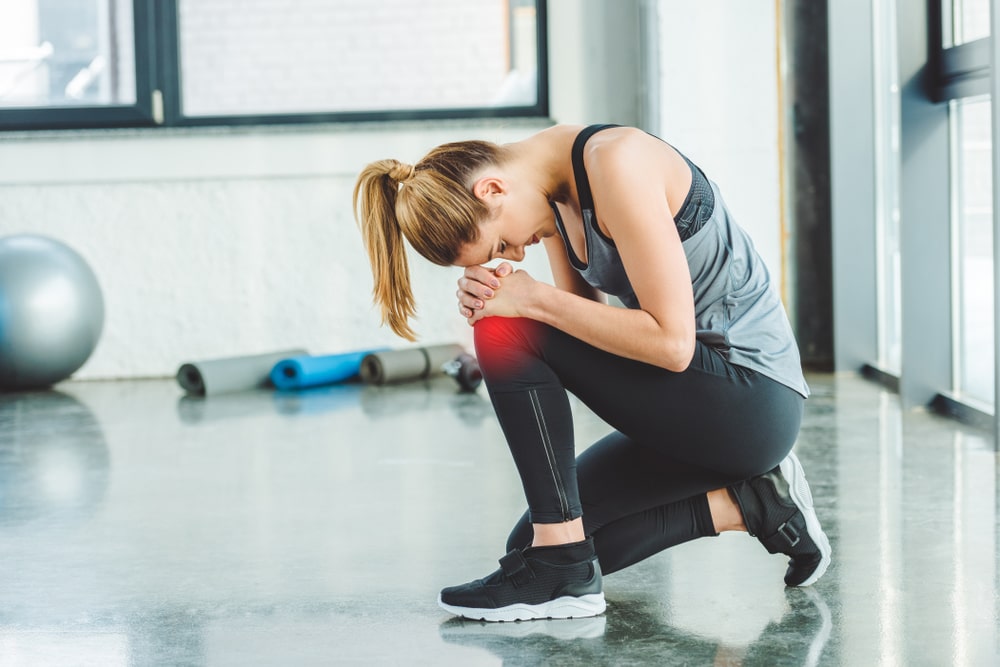
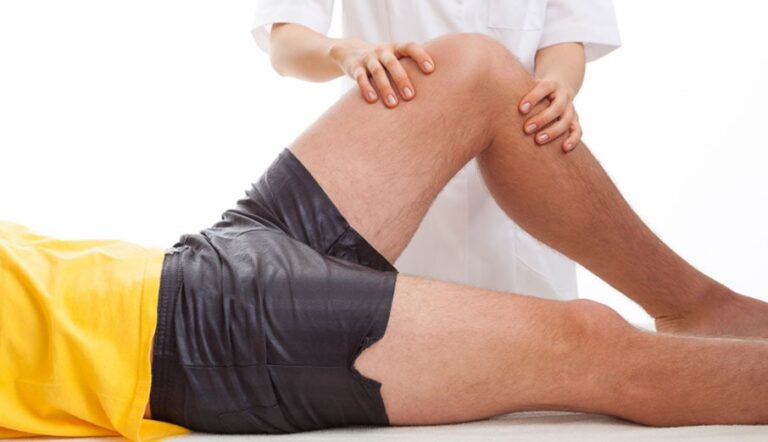
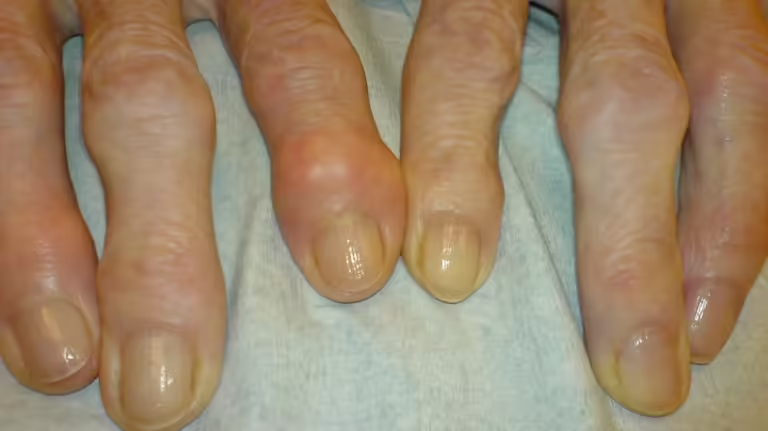
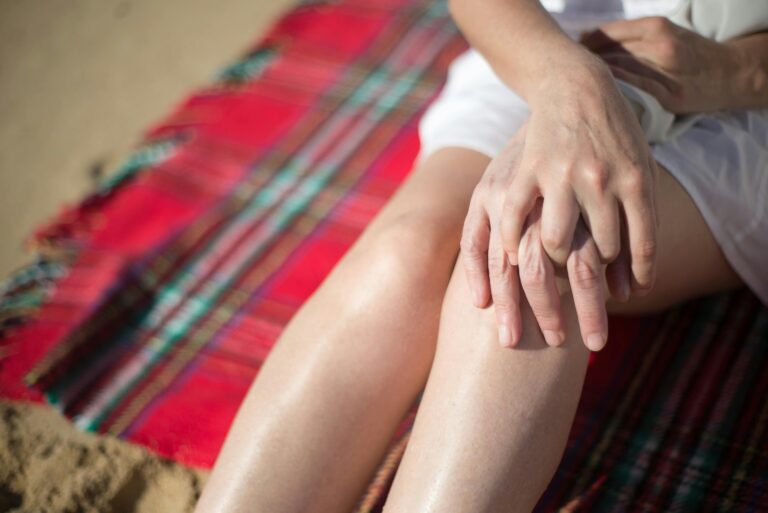
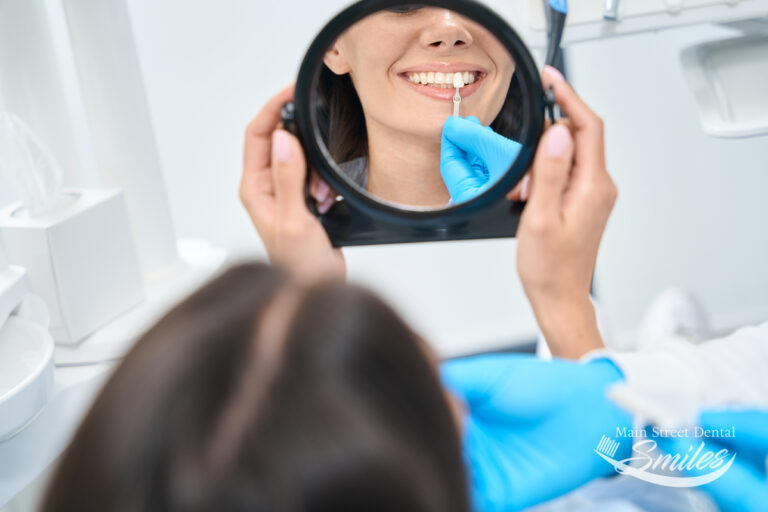




One thought on “How to Strengthen Knees for Easier Stair Climbing”